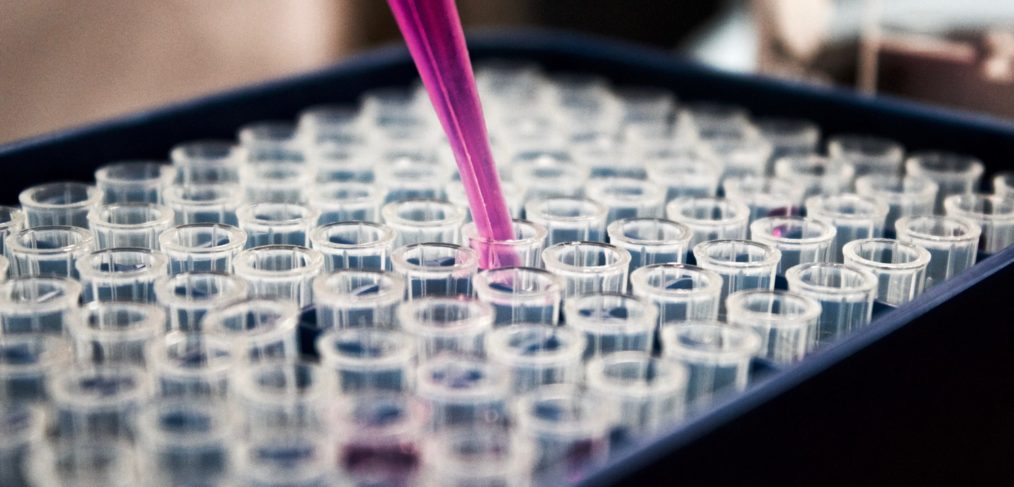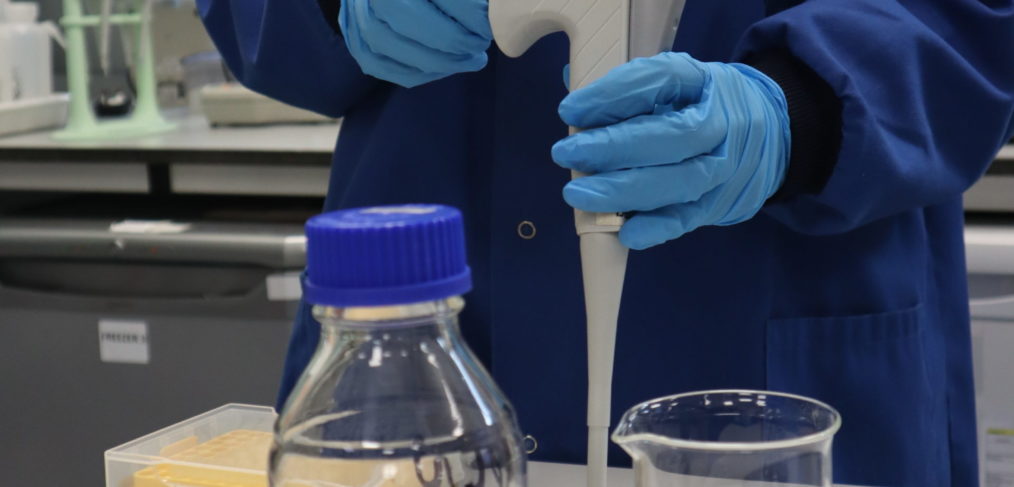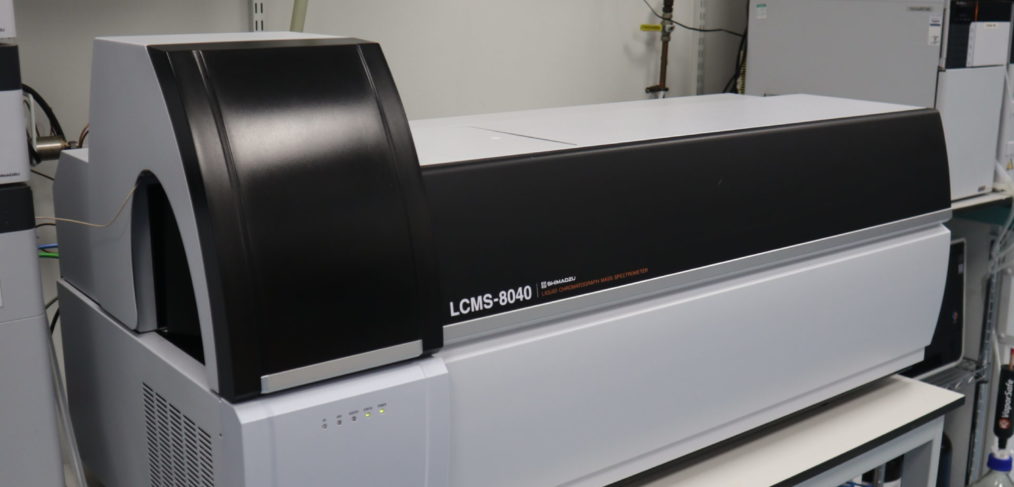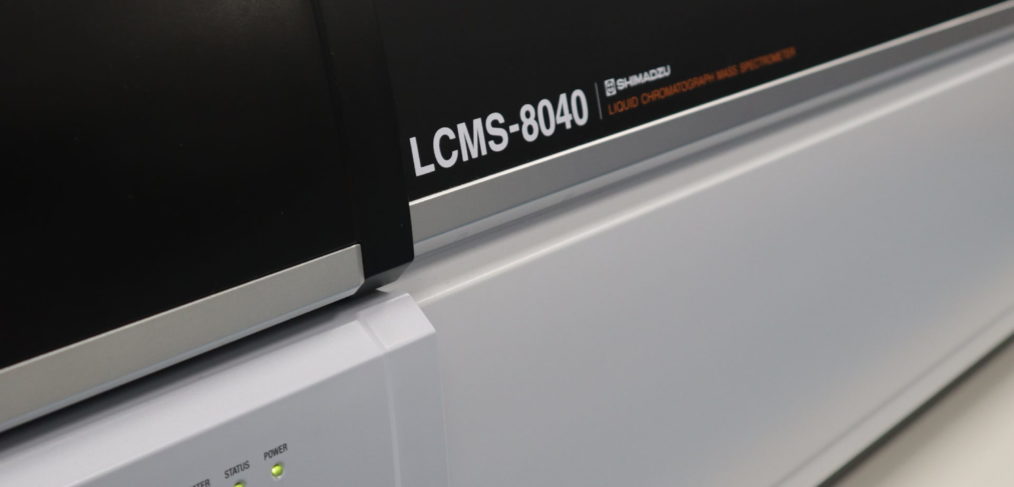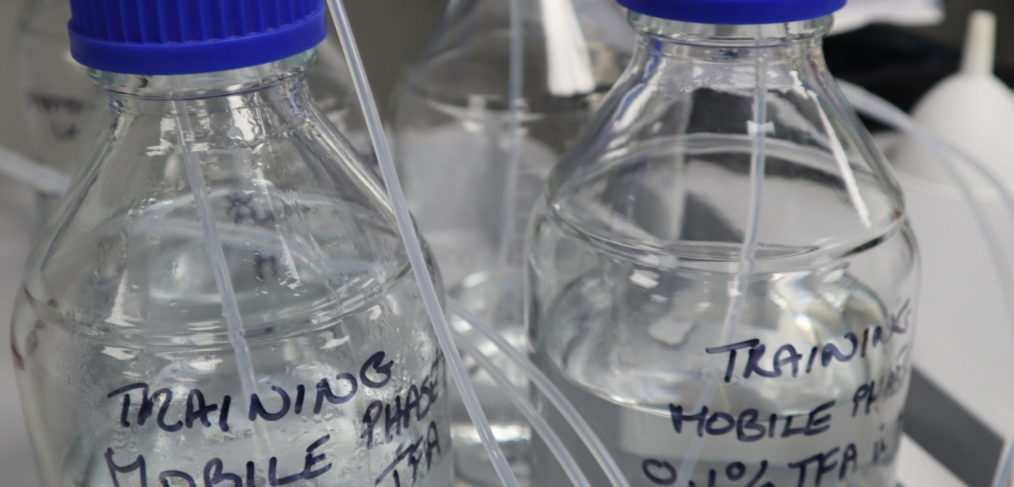Extracellular vesicles (EVs) play a crucial role in mediating cell-to-cell communication. They are involved in several physiological and pathological processes within the body, including cancer development, and potential use as non-invasive cancer biomarkers. However, the extensive heterogeneity in size, composition, and origin of EVs makes their accurate and reliable characterization and detection crucial to meet […]
Publishing a research paper is a significant milestone in any academic or professional career. It’s an achievement that requires hard work and dedication. We wanted to take a moment to acknowledge our lab manager’s Dr. Carolyn Hyde, amazing work on this recent research paper, “Domestic Animal Endocrinology”. Let’s take a summarised dive into this blog […]
Atypical myopathy in horses is a severe and frequently lethal equine disease. Its cause is suspected to be the ingestion of a toxin and it develops sporadically. This illness causes a muscle disorder that progresses rapidly, with the characteristic of degeneration and necrosis of postural, respiratory and lingual muscles. The word “atypical” represents the fact that it […]
What is it? By filtering molecules over a gel, size exclusion chromatography (SEC) separates molecules according to their size (1). The gel is made up of sphere-shaped beads with pores that vary in size (1). When molecules of various sizes are passed through the gel, separation occurs because the smaller molecules can enter the pores […]
Incorrect Labelling If the labelling is done incorrectly and samples are mixed up as a result, the only thing we can do is repeat the whole experiment, wasting time and products. When using a handwritten label, make sure it is authentic; always add the date of labelling, the expiry date and your initials. […]
The identification, measurement, and purification of a specific analyte or chemical are the primary goals of the Chromatographic process. Examinations can be done both quantitatively and qualitatively. HPLC is just one aspect and can be used in the following applications (1): Purifying water Impurity detection in the pharmaceutical sectors Trace component pre-concentration Ligand-exchange Ion-exchange of […]
The history of mass spectrometry dates back to 1968, when Wolfgang Paul developed the quadrupole mass analyser (1). Mass spectrometry is a technique for determining the mass-to-charge ratio (m/z) of one or more molecules in a sample. These measurements are frequently used to determine the exact molecular weight of sample components. Here are the top […]
According to national statistics published by the government, between April 2020 and March 2021, 275,896 adults came into contact with drug and alcohol services (1). Testing for drugs of abuse can be used to a) discover drug abuse; b) monitor someone who has a substance abuse problem; c) detect drug intoxication and d) determine the […]
In order to quantify and identify the compounds separated in the column, HPLC analysis requires a detector to monitor the compounds themselves. The sort of detector used depends on what is being detected. It’s crucial to think about the type of sample you’ll be analysing before choosing a detector. On some detectors, certain sample types […]
The quantitative determination of substances and their metabolites in biological fluids is known as bioanalysis. This technique is employed early in the drug development process to aid drug discovery programmes by providing information on the metabolic fate and pharmacokinetics of compounds in living cells and animals. Techniques used in bioanalysis: Chromatographic techniques: HPLC (high performance […]


